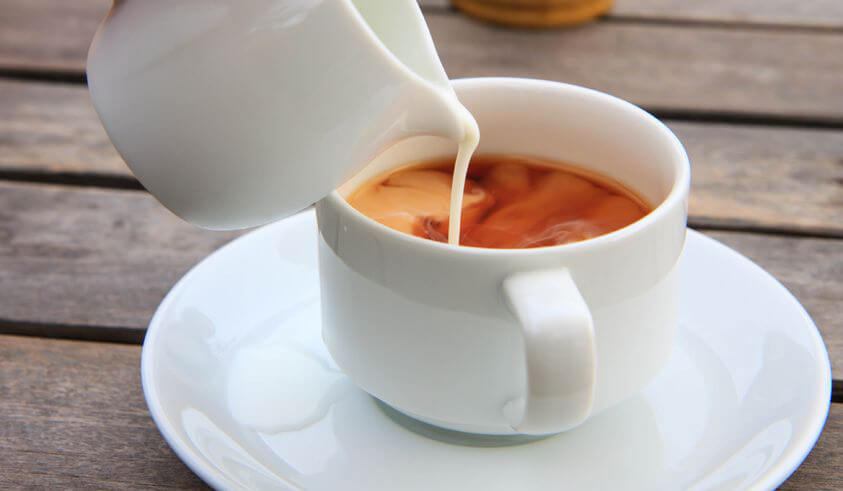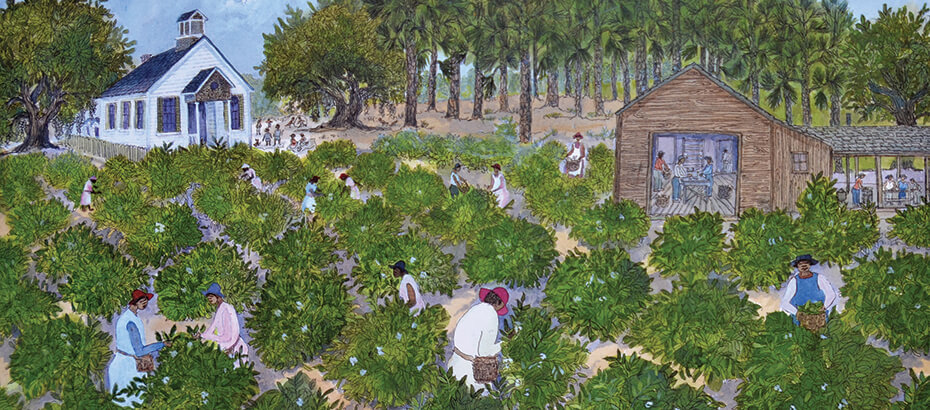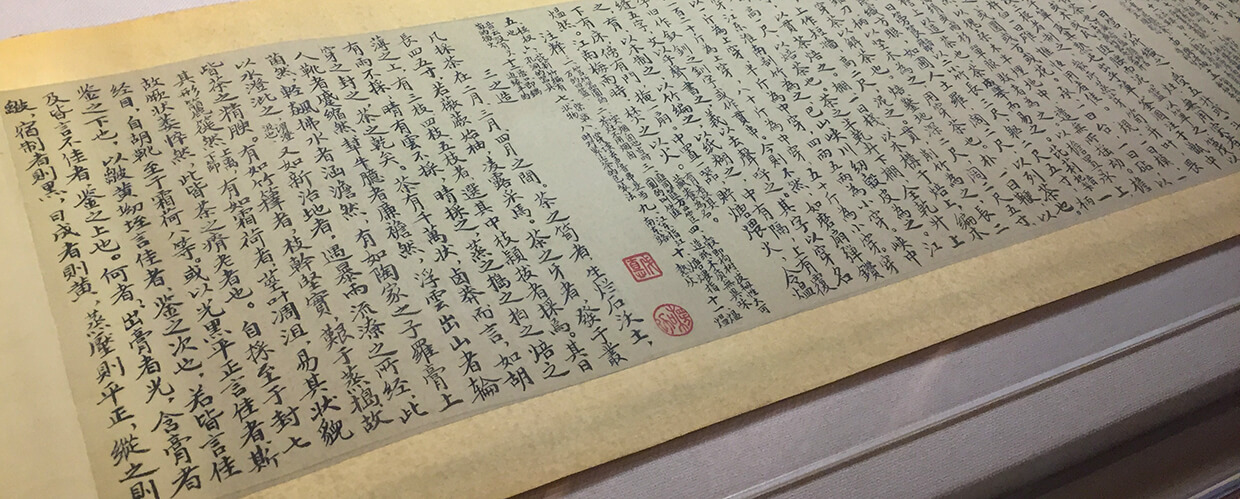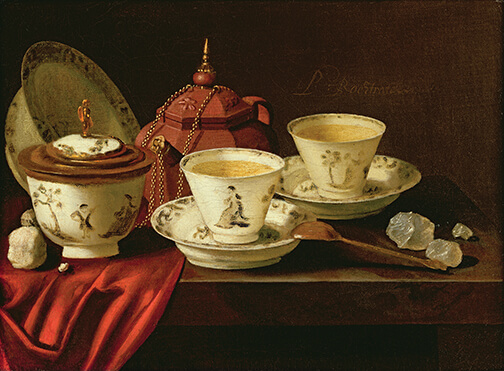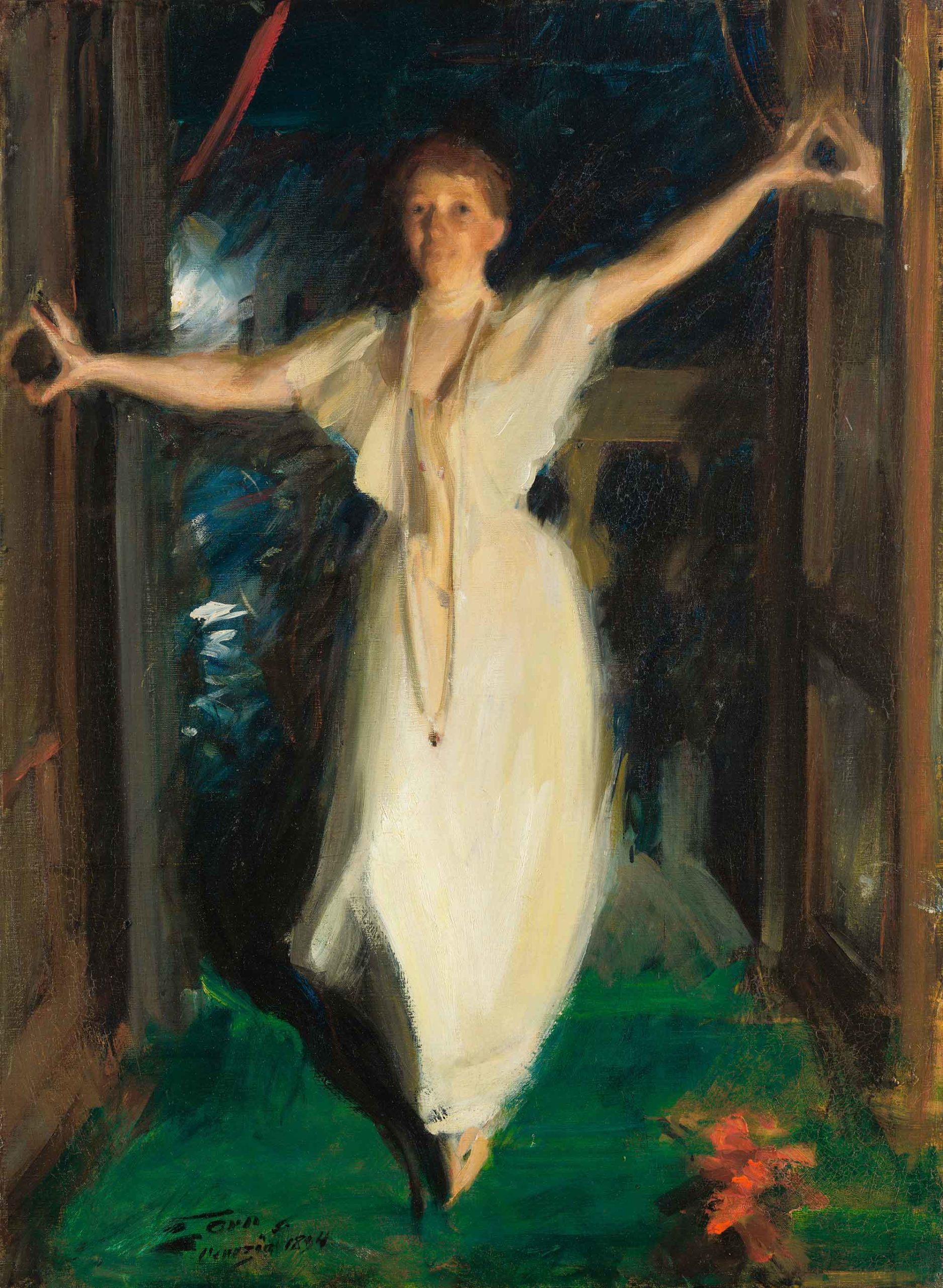History of Tea in Massachusetts
Tea was certainly not on board the Mayflower when Pilgrims landed in Plymouth, Massachusetts in 1620, but it was used to a limited extent in the colony as early as 1670. And in the year 1690, Boston merchants Benjamin Harris and Daniel Vernon were licensed to sell tea in accordance with the English law requiring every purveyor of tea to have a license for its sale.
Chief Justice Samuel Sewall mentioned it once in his published diary. He chronicled the fact that he drank it at Madam Winthrop’s house in 1709 at a Thursday lecture, but he does’nt note the Asian beverage as a rarity.
Bohea, the common name for black teas, came to Boston in 1713, and in 1715 tea was sold in coffee houses. In 1723, both “green and ordinary teas” were advertised in the apothecary’s list of Zabdiel Boylston in Boston.
Formal tea sets were rare at that time and, in her book Tea Leaves, Francis Drake mentioned the fact that,
When ladies went to parties, each carried her teacup, saucer, and spoon in a bag. The cups were of the best china, very small, containing about as much as a common wineglass.
Knowledge of proper tea preparation was not widely known in the New World and the exotic leaves sometimes proved to be a mystery to the untrained housewife. In the book, Customs and Fashions in Old New England, Alice Morse Earle shares an unfortunate account of tea-making in Salem by the family of Philip English –
Tea leaves, purchased at great expense, were boiled for a long time until a bitter decoction was produced, which was drunk without milk or sugar; then the leaves were salted and eaten with butter. In more than one town, the liquid tea was thrown out and the leaves were eaten.
It didn’t take long for the citizens of Salem and Boston to develop an almost unquenchable thirst for tea. By 1771, the East India Company estimated that a chest, or about 340 pounds of tea, was consumed by the 17,000 inhabitants of Boston every day. The ritual of taking tea further reenacted and reinforced the growth of its strong Anglo-American lifestyle.
It proved to be a lifestyle which many Bostonians found difficult to abandon.
Excerpt from A Social History of Tea by Jane Pettigrew and Bruce Richardson. Benjamin Press, September 2013.

